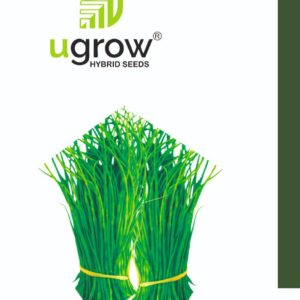Growing celery can be rewarding but requires specific conditions for optimal growth. Celery (Apium graveolens) is a versatile vegetable known for its crunchy stalks and distinct flavor. Here’s more about celery:
Types of Celery:
- Standard Celery (Pascal): Commonly found in grocery stores, this type has tightly packed, crisp stalks with a strong flavor.
- Golden or Self-Blanching Celery: This variety tends to be more tender and less bitter. It’s often self-blanching, meaning it naturally lightens as it grows.
- Leaf Celery: Primarily grown for its aromatic leaves, which are used as an herb or seasoning.
Nutritional Value:
- Celery is low in calories and rich in vitamins and minerals like vitamin K, vitamin C, potassium, and folate. It’s also a good source of antioxidants.
Here’s a guide on how to grow celery:
Growing Celery:
- Climate and Soil:
- Celery thrives in cooler climates but can be grown in various regions. It prefers rich, moist soil with good drainage and a pH of 6.0 to 6.8.
- Variety Selection:
- Choose a celery variety suitable for your climate and growing conditions. Common types include Tall Utah, Golden Self-Blanching, and Pascal.
- Starting Seeds Indoors:
- Start celery seeds indoors 10-12 weeks before the last expected frost date in your area.
- Use seed trays or small pots filled with a sterile seed-starting mix. Plant seeds shallowly, barely covering them with soil.
- Transplanting Seedlings:
- Once the seedlings have developed a couple of true leaves, transplant them into larger containers or into the garden.
- Space transplants about 10-12 inches apart in rows spaced 18-24 inches apart.
- Sunlight and Temperature:
- Celery prefers full sun but can tolerate partial shade, especially in hotter climates.
- Ensure temperatures remain between 60°F to 70°F (15°C to 21°C) for optimal growth.
- Watering:
- Keep the soil consistently moist, but not waterlogged. Celery requires regular watering, especially during dry periods.
- Use mulch to retain soil moisture and prevent water evaporation.
- Fertilization:
- Before planting, amend the soil with compost or well-rotted manure to provide nutrients.
- Apply a balanced fertilizer during the growing season or use a side-dressing of nitrogen-rich fertilizer.
- Blanching Celery:
- To achieve milder flavor and lighter color, celery can be blanched. This involves shielding the stalks from sunlight as they grow by mounding soil or wrapping them with cardboard or paper.
- Pest and Disease Management:
- Watch for pests like aphids, slugs, or celery leaf miners. Use organic pest control methods or suitable insecticides if needed.
- Prevent diseases like blight or rust by avoiding overhead watering and maintaining good garden hygiene.
- Harvesting:
- Celery is usually ready for harvest in about 100-120 days after transplanting. Harvest individual stalks by cutting them at the base when they reach the desired size.
- Some gardeners prefer to harvest the entire plant at once by cutting it off at ground level.
Growing celery can be a bit challenging due to its specific requirements for soil, water, and temperature, but with proper care and attention, you can enjoy fresh, crisp celery stalks from your garden.

















Reviews
There are no reviews yet.